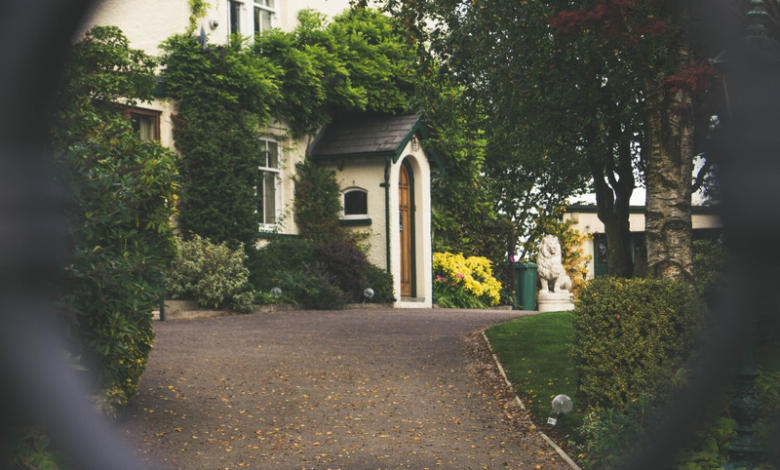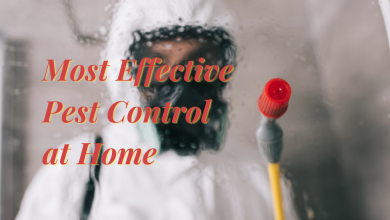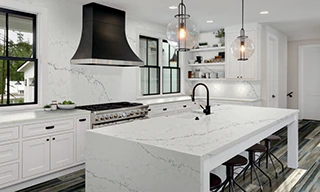The Country House Ecology: Roof

At each stage of building a house, mistakes are possible, which can subsequently affect the health of the residents.
This article tells you about the environmental shortcomings of the device of roofs of different types (and how to avoid them).
Roofs with a cold attic
This is a traditional roof device for our country. Its essence lies in the fact that the attic remains uninhabited and plays the role of an additional barrier to the cold air. Such a roof is not insulated; only the ceiling of the last floor is made warm.
A roof with a cold attic is easy to use – it is much easier to inspect it for leaks than an insulated one. There are no restrictions on roofing materials. However, the cold attic has its own problems.
For note, find a square footage area where you need to do roofing and get the calculation done using a square footage calculator.
Problem 1: Formation of mold and rotting rafters
This reduces the possible life of the roof, and it becomes dangerous to climb into the attic. Mold spores are also a powerful allergen; their spread in the air can cause respiratory diseases. Spores are more likely to fly around the house, leading to fungal growth elsewhere.
Mold appears for a reason, but due to high humidity. The cause may be melting snow on the roof and steam coming out of the living area of the house.
How to decide:
- Make a high-quality vapor barrier for the ceiling of the last floor under the insulation, while above it it is better to use materials that allow steam to pass through. The fact is that if defects in the lower layer of the vapor barrier nevertheless arise, it will still be possible to get rid of the moisture in the attic, but it will no longer be possible to remove moisture from the insulation.
- In winter, when the temperature in the attic drops almost to the outside temperature, the moisture-saturated insulation will begin to freeze – the house will lose heat, condensation will form, and there it is not far from mold.
- Make good and even ventilation of the attic. There are many ways: the simplest is to provide several small holes along the entire length of the roof next to the ridge. However, the designer is responsible for the choice of a specific ventilation method that would ensure sufficient air exchange in each specific situation.
- Seal the manhole cover. It is the hatch to the attic that is the weak point in the roof project. To prevent steam from the residential part of the house from entering the attic through the hatch, its lid must be reliably heat and vapor insulated along the entire perimeter and also have a good seal.
- Arrange an insulated and vapor-insulated vestibule at the exit to the attic. They put them on quite rarely – and in vain! In my opinion, it is easier to equip the vestibule than to eliminate leaks through the hatch.
Problem 2: Condensation in pipes passing through a cold attic
Especially dangerous if these are ventilation ducts: condensation formed inside them will drain into the house and accumulate in the duct. And since the house is already warm enough, this can cause the appearance of Legionella (a pathogenic bacterium that causes Legionellosis). Through ventilation, bacteria can spread throughout the house.
How to solve:
Thoroughly insulate the air ducts (ventilation pipes) in the attic. As well as recuperators and pumps located in the same place.
Problem 3: Mice
They chew on insulation. As a result, cold bridges appear, the energy efficiency of the building deteriorates and the temperature in the house drops, which affects the health of residents. In addition, mice leave strong-smelling droppings on the walls.
How to solve:
Protect the roof from rodents with insurmountable barriers for them. For example, lay the floor and walls with galvanized metal mesh. Moreover, the cells must be small, and the wire itself must be quite thick (at least two mm), otherwise, the mice will easily gnaw through it.
Mansard Roof and Environmental Control Points A
The mansard roof is a kind of cake, consisting of layers of steam, heat and waterproofing, a ventilated roof space, and the roof itself. It is much more difficult to organize the necessary ventilation of the under-roof space, as well as heat and vapor insulation of the attic roof, than in the case of a cold attic.
As a result, due to the penetration of steam from the attic floor, the rafters begin to rot, the insulation gets wet and deteriorates, and a fungus develops.
How to solve the problem:
- Check the vapor barrier – often the workers cheat at this very moment. It is better to inspect every centimeter of insulation with your own eyes and make sure of the quality of the sealing of the joints than to deal with mold and bacteria.
- Make sure that when installing the outlets, workers do not damage the vapor barrier layer. Otherwise, moisture will get through these holes where it should not be. The insulation will become damp, mold and mildew will appear.
- Lay the insulation in at least two layers: the first is between the rafters, and the second is closing these same rafters. This will eliminate the appearance of cold bridges, and, consequently, the appearance of condensation.
- Lay the insulation from the side of the room especially carefully so as not to push through the waterproofing. Otherwise, the ventilation gap between it and the roof may decrease.
- This will lead to a deterioration in air exchange. And ultimately – to the formation of mold, rotting rafters, and the accumulation of water in the under-roof space.
- Provide additional ventilation ducts around skylights and wide chimneys. They are an obstacle to the airflow under the roof, significantly impairing air exchange.
- Do not carry out wet finishing work in winter. So you minimize the humidity in the house. This means that you reduce the likelihood of condensation and all the unpleasant consequences associated with it.
- Try not to use metal tiles as a roof when arranging a mansard roof. The fact is that condensation forms especially abundantly on such a roof. It can get into the insulation and significantly degrade its properties.
- Do not make a continuous staircase from the pool to the attic. Due to the condensation of water vapor, the insulation may get wet, and fungus will appear in the house.
- Provide a supply and exhaust ventilation system to protect the roof structure from excess water vapor pressure on it. In addition, the ventilation system helps to regulate humidity and purify the air from mold spores. This prevents both the formation of mold in the room and its further spread.
Not to mention the fact that every living room should have ventilation just in order to live there. Otherwise, the concentration of carbon dioxide and substances emitted from furniture, building materials, etc. Will gradually increase and can cause a variety of diseases.



